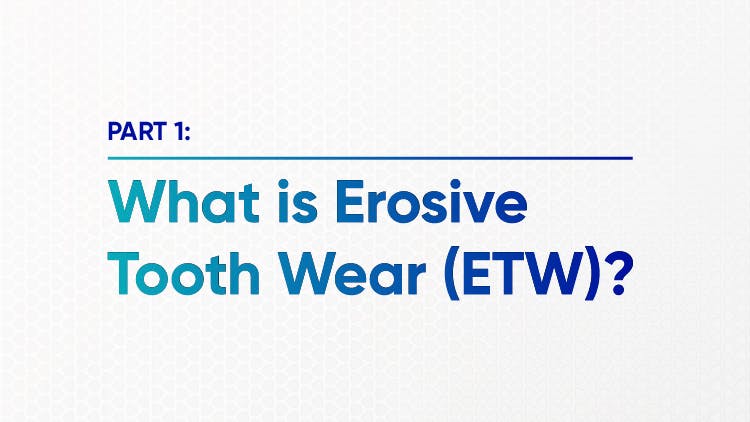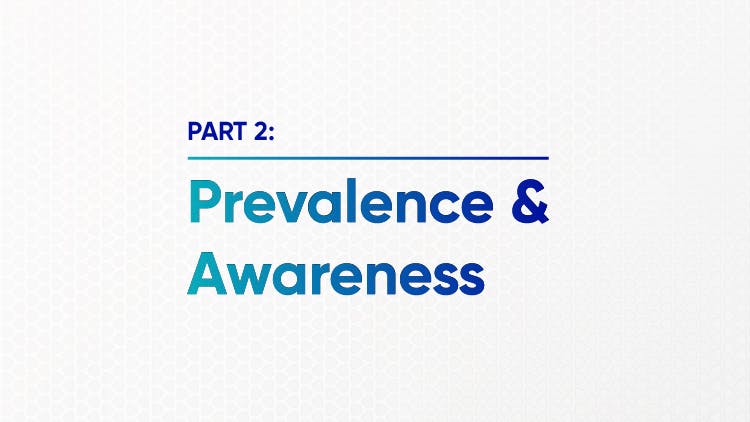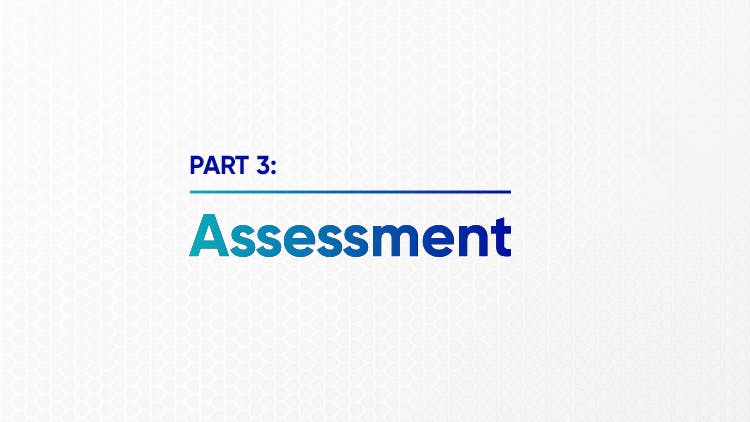Erosive Tooth Wear: Prevention & Solution

Prevention: Risk factors
Prevention of erosive tooth wear (ETW) is primarily about reducing risk factors. Strategies work at every stage of progression; even teeth with severe wear can benefit from changes in behaviour.1 However, in young adults, early intervention is key. Dental healthcare professionals can play a crucial role in guiding them to the right approach.
“The more we educate our patients the better we can help them,” says Ms Ester Hoekstra, M.Sc., a teaching and practicing dental hygienist in Germany. “To educate about healthy food for body AND teeth. To give tips on how to clean their teeth at home, to educate about fluoride and the difference between toothpastes. As dental hygienists, we have and take time for that.”
But, says Ester, prevention is a team sport and all DHCPs have a role to play. “It’s important that they explain what erosion is and why it’s bad for teeth. We have to tell patients something! We need to move to Talking Dentistry.”

Risk factors
Risk factors include acid reflux, bulimia, and excessive oral hygiene. But the most common driver is dietary acids.1
Reducing the frequency of acidic foods and drinks, particularly outside mealtimes, is key.1 That’s tough for teenagers – the core market for a carbonated soft drinks industry that is growing considerably.2 Duration of consumption is a bigger risk than volume; sipping lemonade throughout the day is more damaging than downing it at mealtime.
Acidic foods are equally challenging. Most patients think fruit are healthy – which they are - but don’t recognize that some carry an acidic risk.1 Advising patients to have acidic foods and drinks at mealtimes and ideally to neutralize their mouths with milk or cheese after acidic foods is good practice.3

The best approach is to talk to patients
The best approach is to talk to patients. Through conversation, it’s often possible to uncover a dietary habit – like ‘swishing’ or snacking – and respond with prevention.1
Asking patients to keep a diary of what they eat isn’t always effective, “Automatically, they think about it and adjust their diet… It’s never an honest diary,” says Ester. “I prefer to ask: ‘what did you eat today?... I can get more out of it… Once I had a patient, who ate perfectly fine. Drunk 1 or 2 glasses of cola every day, but nothing else was out of the ordinary. After 2 appointments and treatments, I found out through chatting with him during the treatment, he was playing with his cola when he drank it. He was pulling it between his teeth before swallowing it - swishing. We have to talk to our patients. That's very important. That way, we know how they tick and how we can help them adjust their behaviour.”
Sustaining behaviour change is difficult; our habits and attitudes are hardwired. One approach is to adopt the COM-B model of behaviour change when interacting with patients. The COM-B model argues that there are three components to any behaviour – Capability, Opportunity and Motivation – and that positive dialogue around each of these can help identify barriers to change and design interventions to help overcome them.4
One behaviour that’s easier to change is our choice of toothpaste.

Prevention: Solution
Fluoride toothpaste
Epidemiological studies show that fluoridation of water and regular use of fluoridated toothpaste provide added protection from dental erosion.5,6However, while the protective benefits of fluoride are widely understood, its reparative benefits are less well known. They’re key to slowing progression. Dr Jon Creeth, Principal Medical Affairs Scientist, Haleon (previously GSK Consumer Healthcare), explains:
“Fluoride goes into the surface of enamel, it protects it; it slows acids from dissolving your teeth. It does this by repairing the first stages of acid attack. When the surface of enamel loses mineral, fluoride helps put minerals back. Fluoride helps the calcium and phosphate in the saliva go down into the surface [of the enamel] and repair any damage. It’s not just about helping stop things getting worse – if you catch wear early enough, it can help make things better.”
Longitudinal studies show that twice-daily brushing with a fluoride toothpaste results in less tooth wear than in those who brush less frequently.5,7 As such, twice -daily brushing with a fluoride toothpaste is gold-standard advice for tooth wear prevention.8 However, the formulation of a toothpaste can significantly influence the delivery of active fluoride into the enamel.8 Many ingredients used in toothpastes can reduce fluoride’s benefits.
“Lots of abrasives react with fluoride9…. detergents that you put into a toothpaste to make it foam can interfere with fluoride binding to enamel10,” says Jon. “Polyphosphates – for stain removal11 – can also stop the fluoride sticking to the tooth surface, and interfere with that re-mineralising process.”

Pronamel toothpaste
"Pronamel’s optimized formulation has been shown to be highly effective at delivering fluoride to enamel after dietary acid attack,” says Jon. “It uses a specially chosen detergent to minimize interference with fluoride binding to enamel. And a high purity abrasive that doesn’t interfere with fluoride’s benefits – giving patients high fluoride delivery and good mineralization to help repair any early signs of damage."




